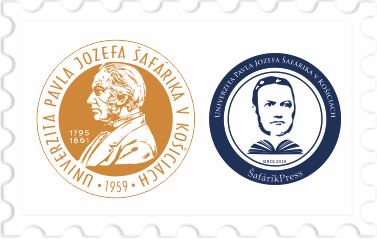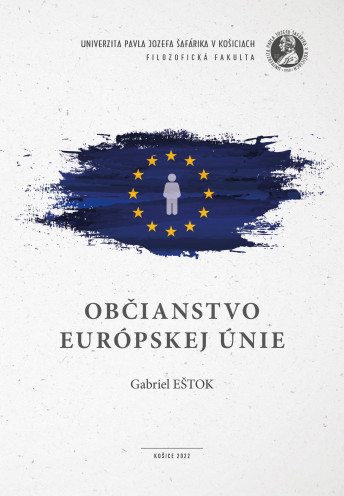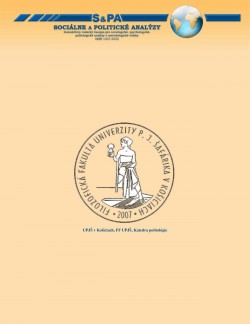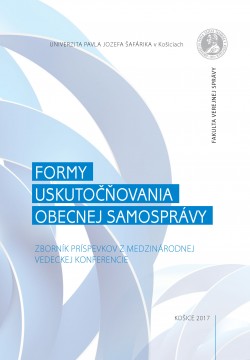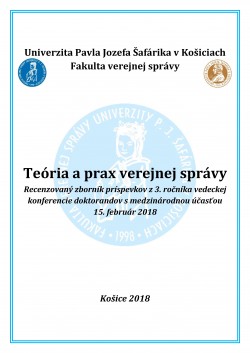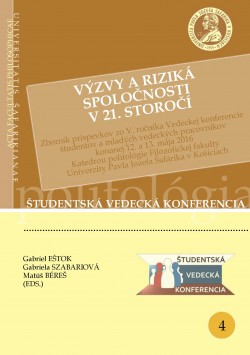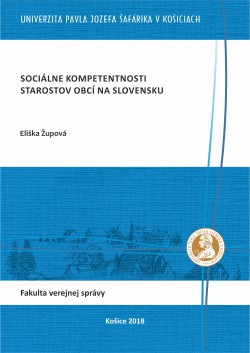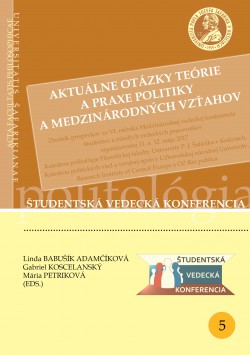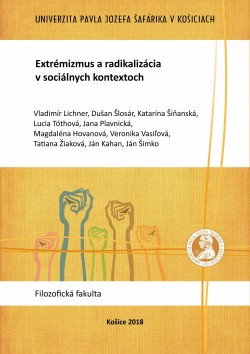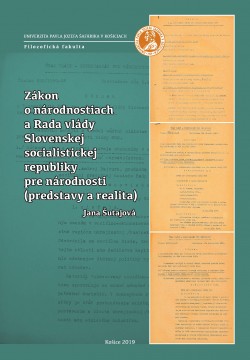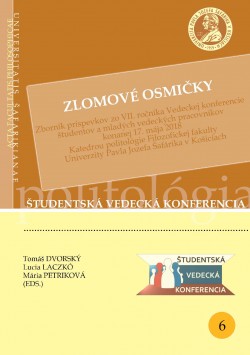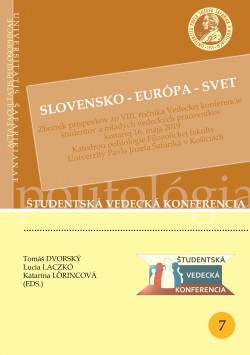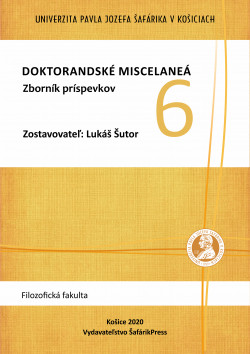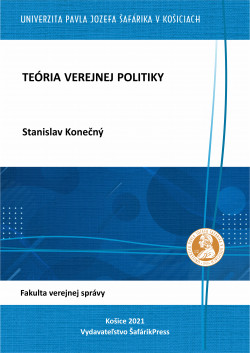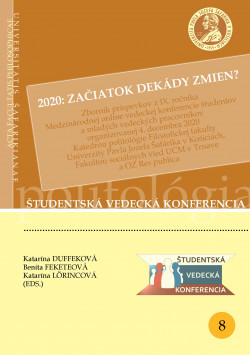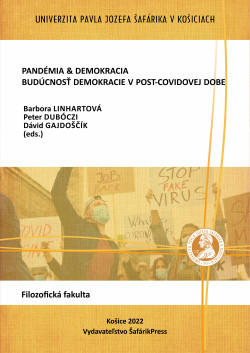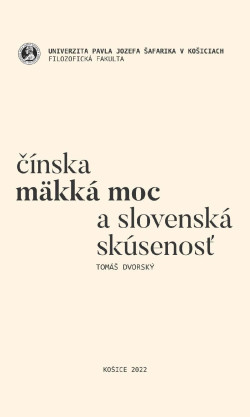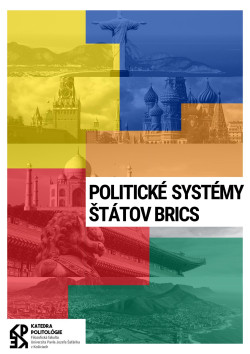No products
Product successfully added to your shopping cart
There are 0 items in your cart. There is 1 item in your cart.
Občianstvo Európskej únie
Data sheet
| Author: | Gabriel Eštok |
| Year of publication: | 2022 |
| Available from: | 31.12.2022 |
| Edition: | 1st edition |
| Document type: | Textbook |
| Publication language: | Slovak |
| Number of pages: | 114 |
| Faculty: | Faculty of Arts |
| Department: | Department of Political Science |
| Note: | Publikácia vychádza ako výstup grantového projektu KEGA č. 014UPJŠ-4/2020 Inovatívny model vzdelávania vedúceho k aktívnemu občianstvu ako prevencii pred nárastom politického extrémizmu u študentov. |
| DOI: | https://doi.org/10.33542/OEU-0180-3 |
| Licencia: | Creative Commons BY NC ND (Uveďte autora - Nepoužívajte komerčne - Nespracovávajte) |
More info
The university textbook Citizenship of the European Union is structured into four parts. The first chapter focuses on the characteristics of citizenship in a historical context (concepts of citizenship in the ancient, medieval and modern periods). The second chapter deals with a theoretical introduction to citizenship. It comes up with the characteristics of citizenship, introduces the ways of acquiring and losing citizenship and the transformations of citizenship in the context of globalization and multiculturalism. The third chapter focuses on European Union citizenship itself, its historical development and the process of introducing and strengthening citizenship in the European Union. The fourth chapter presents the specific rights of citizens deriving from European Union citizenship - the right to free movement, the right to vote and stand as a candidate in municipal and European Parliament elections, the right to diplomatic and consular protection in the territory of a third country, the right to petition the institutions of the European Union, the right of access to documents of the institutions and bodies of the Union, and the right of initiative of the citizens of the European Union.
